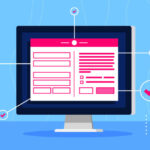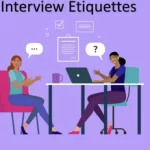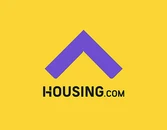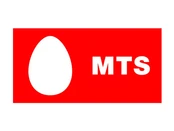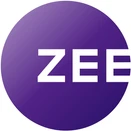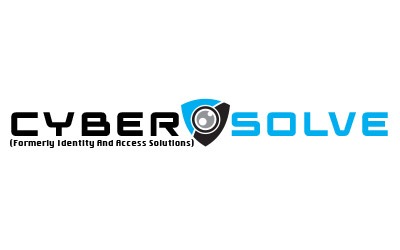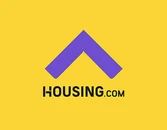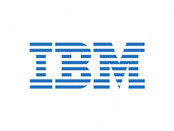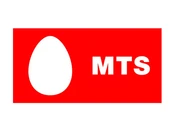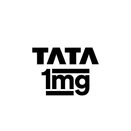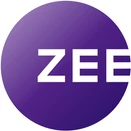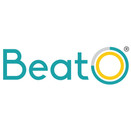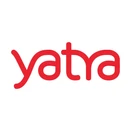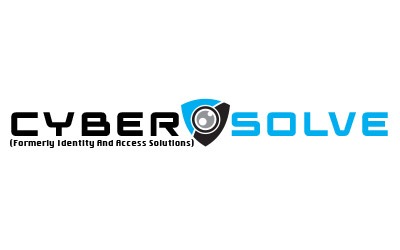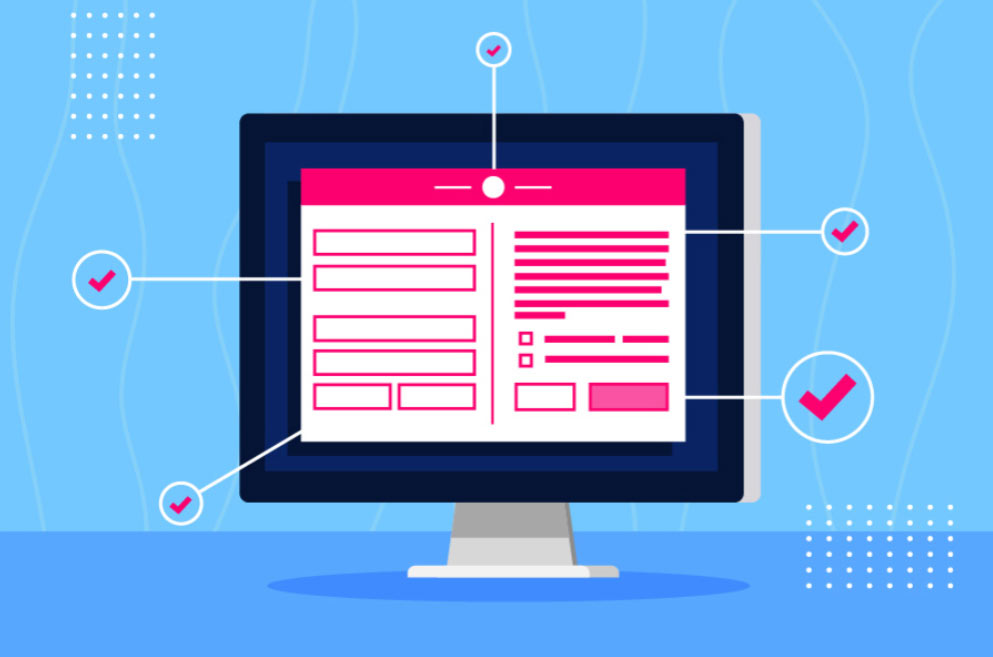
A perfect landing page can significantly improve conversion rates and help achieve desired goals.
A landing page (LP) is a web page designed with a specific purpose in mind, typically to convert visitors into leads or customers. It serves as a focused destination that users “land” on after clicking on a specific advertisement, search result, or a external link. The primary objective of a landing page is to encourage visitors to take a desired action, such as making a purchase, signing up for a service, downloading a resource, or filling out a form.
1) Full funnel journey (FFJ) :- This is a journey where the customer gets converted on it’s own without any offline or call center help e.g. when you buy a pair of shoes from Myntra or order food from Zomato. This can happen on web or app (preferred is app with deferred deep linking)
2) Assisted funnel journey (AFJ) :- When a customer drops a lead and the conversion happens through assisted sales like call centers e.g. when you want to buy a loan or when you want to book holidays or buy a car or buy a house. In this journey, LP play a very crucial role. This normally happens on web
In this AFJ, there can be 3 types of landing pages :-
1) Specialized & specific web page (basically external landing page) :- We will discuss this in detail in this article
2) Deep linked web page inside the website (Product description page of an organization’s website) :- These are the landing pages where a customer can come and drop a lead. These are pages inside the website of the organization
3) Native web page within the acquiring channel (FB forms) :- These open within the channel’s UI with email, phone numbers already auto filled e.g. Native FB forms. Here limited functionality is given and hence not much can be done here.
Best practices for creating an external Landing page to maximum engagement & conversion

Explaining above slide, there are 2 major aspects while making a Landing page, irrespective of for any industry or organization. These are
1) Tech aspects
2) Customer experience (CX) aspects
Tech aspects :-
The typical loading speeds for Landing pages should be :-
-
Ideal: Under 1 second
-
Good: 1-3 seconds
-
Average: 3-5 seconds
-
Needs improvement: 5+ seconds
For 5G network the speeds should be
-
Ideal: Under 0.5 second
-
Good: 1-2 seconds
-
Average: 2-4 seconds
-
Needs improvement: 4+ seconds
For tracking purposes, we should have at least 4 types of tracking :-
1) A unique identifier/s of the landing page (e.g. UTM, source ID, SKU ID etc.) & leads dropped from that identifier falling back in the system of CRM (dialer) so that assisted sales can happen
2) Heat map tracking, events tracking like clicks on button & funnel tracking like traffic, drop offs on each page
3) Platform pixel placement like FB pixel so that the platform can track back. Postback URL tracking (via deferred deeplink) if there is app download journey inside the landing page
4) Retargeting pixel placement (e.g. criteo)
TIP :- The page should be mobile responsive and should not be more than 3 pages scroll. The lesser the better.
1) UI elements :-
1) Promotional elements


2) Trust elements
This is the element which is inserted to instill trust in users’ mind like reviews, ratings, testimonials, statement from CEO, some certifications, awards etc. This is the ‘decision’ making stage for any customer



3) Cross sell/upsell elements
This is the element for cross sell & upsell where in the customers are lured for either choose a higher ticket item or take some other SKUs together with present one to get a better deal (basically bundle deals).
If you want to do this, do smartly as there are high chances of drops offs if you push too much
4) Information based elements



5) Social elements


2) UX elements :-
UX elements govern the flow and types & quantity of CTA. Sometimes LP are not just a single page but series of web pages to complete the journey. The flow of entire pages & the user journey should be easy & fluid.
The CTAs can be form filling, whatsapp, chat bot, calling number, missed call number or even order (buy) directly from this page (rare scenario because in case of direct buy, organization land users not on a special LP but rather inside the website on the PDP page).
TIP :- More than one CTAs are good to have but more than 4 are confusing. So ideal is just 2 or at max 3 & not more than this.
TIP :- In a long scroll LP (although not recommended), CTA needs to be fixed or floating for ease of customers.
TIP :- Verbiage of CTA are very important e.g. Get a free callback or Get a free assistance both have different CTRs and should be experimented thoroughly. Similarly Order now or Buy now also have differernt CTRs. What works or what doesn’t has no set defined rules. Just try & learn
3) 3C’s elements (content, creative & communication) :-
Last but not the least is 3C’s which are content, creative & communication. This basically defines the look & feel of the LP.
{Remember the thumb rule here is :- Be Crisp, Clear, Consistent & Classy}
Every organization should define a brand tonality (part of bigger exercise which we call as building Brand bible) & should stick to that. Changing them is not at all recommended. The 3C’s on the LP should be simple, clear & pleasing to eyes. Too much information & too much clutter should be avoided. Remember goal is to convert the customer and not churn away. Read more Content to commerce strategies here https://www.priyangagarwal.com/post/content-2-commerce-strategies-for-success
Summary & General Tips :-
1) Having a less loading speed for LP is must. Don’t compromise. Strategize basis on this only. Too many pixels increase page speed. So balance off.
2) Having too many UI elements is not recommended at all. Be wise. Select & choose few elements & do A/B testing (Promotional, Trust & Informational element is must, rest elements like social & cross sell/upsell are optional).
3) More than one CTAs are good to have but not too many.
4) Design of the page should be clean with breathing spaces. A big NO on too much clutter
5) A few pop ups are good to have. But don’t irritate customers on this front.
6) A strict NO on showing ads on LP. A big reason for drop offs
7) Restrict to have more than 1 page in LP.
8) The content & creative should be as per the brand guidelines. The website, app & LP should have the same tonality, colour scheme & content. Consistency is the key


